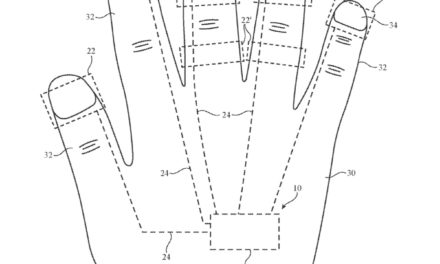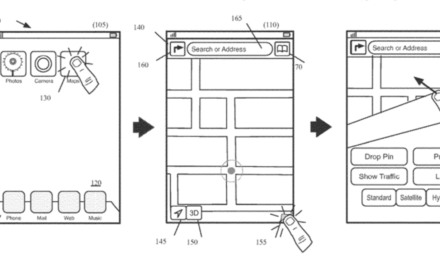Among the chief complaints for smartphone, laptop and other battery-operated electronics users is that the battery life is too short and, in some cases, that the devices generate heat. Scientists at the University of Missouri say they’ve created a material that could extend the life of the batteries in electronics by more than 100 times.
“Semiconductor diodes and amplifiers, which often are made of silicon or germanium, are key elements in modern electronic devices,” says Deepak K. Singh, associate professor of physics and astronomy at the University of Missouri who also serves as the principal investigator of the university’s Magnetism and Superconductivity Research Laboratory.
Singh’s team developed a two-dimensional, nanostructured material by depositing a magnetic alloy, or permalloy, on the honeycomb structured template of a silicon surface. The new material conducts unidirectional current, or currents that only flow one way. Researchers have applied for a patent for a magnetic material that employs a unique structure—a “honeycomb” lattice that exhibits distinctive electronic properties. The magnetic diode paves the way for new magnetic transistors and amplifiers that dissipate very little power, thus increasing the efficiency of the power source.
“Although more works need to be done to develop the end product, the device could mean that a normal 5-hour charge could increase to more than a 500-hour charge,” Singh said. “The device could also act as an ‘on/off switch’ for other periphery components such as closed-circuit cameras or radio frequency attenuators, which reduces power flowing through a device. We have applied for a U.S. patent and have begun the process of incorporating a spin-off company to help us take the device to market.”
You can read more here.





